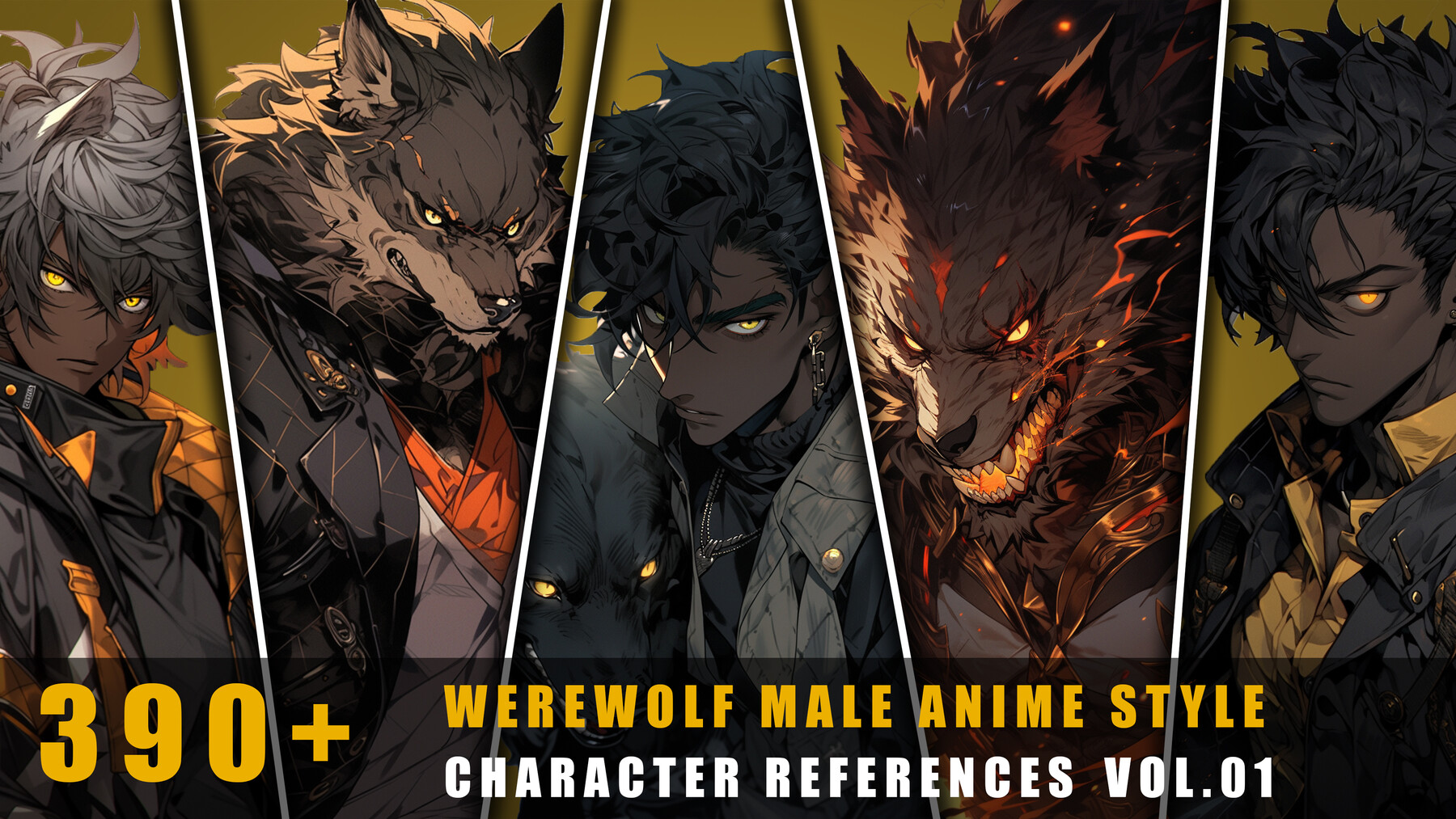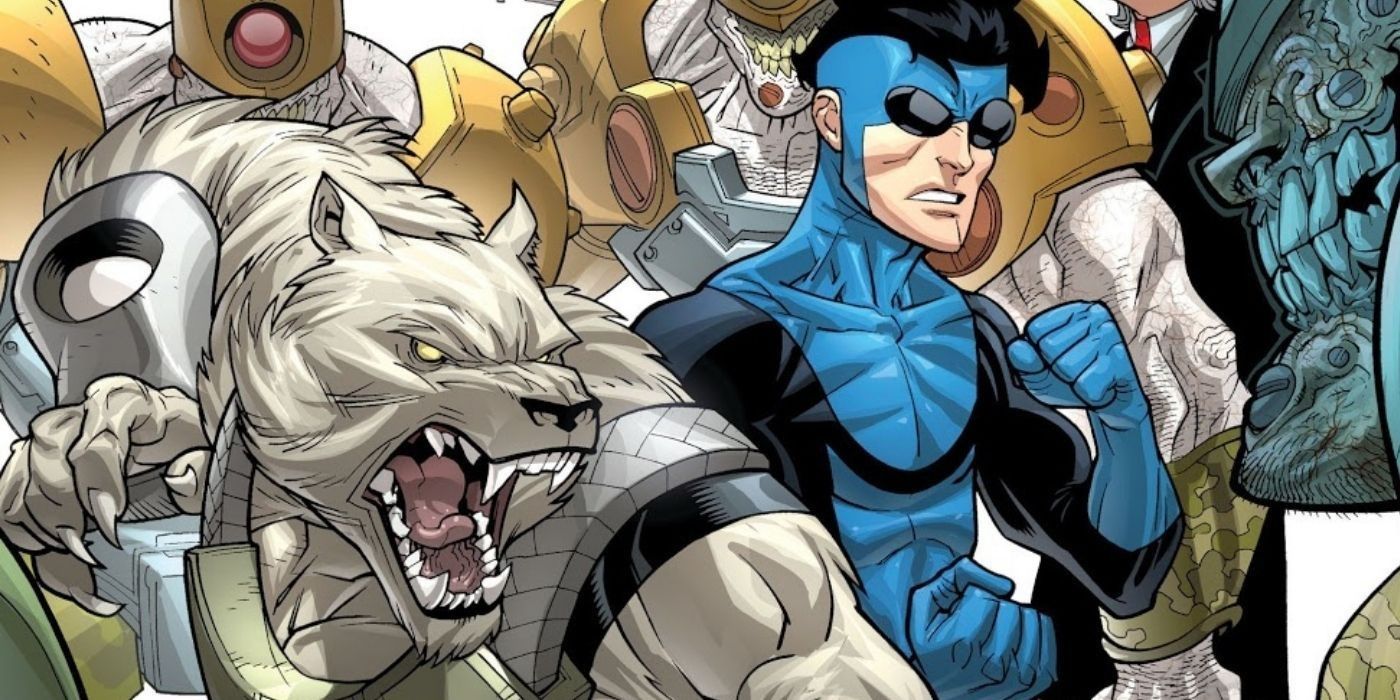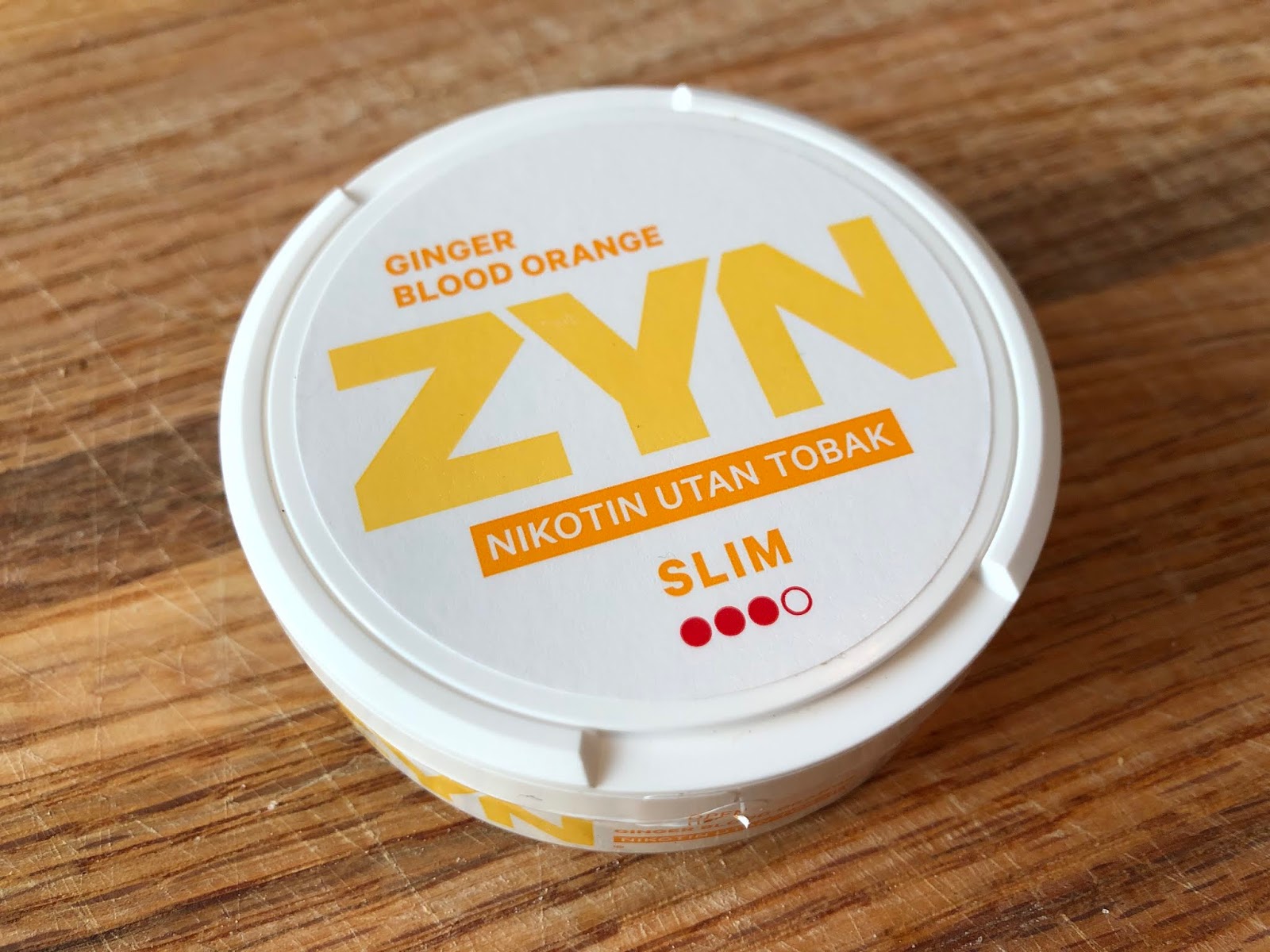Werewolves Go Crazy For Me manga: Dive into a world where captivating female protagonists unexpectedly become the center of attention for a pack of alluring werewolves. This isn’t your typical monster story; it’s a whirlwind romance blended with thrilling action, exploring unique character dynamics and captivating plot twists. Prepare for a journey into a subgenre brimming with unexpected charm and intense passion.
This exploration delves into the popularity of werewolf manga, examining character archetypes, common plot structures, artistic styles, and cultural influences. We’ll uncover the secrets behind the genre’s appeal, analyze successful marketing strategies, and discuss fan reception, all while highlighting the unique blend of romance, action, and supernatural elements that make this genre so captivating.
Werewolf Romance Manga: A Howling Success: Werewolves Go Crazy For Me Manga
The burgeoning popularity of “werewolves go crazy for me” manga signifies a fascinating shift in the romance genre. This subgenre blends the classic tropes of romantic comedies with the supernatural allure of werewolves, creating a unique and captivating experience for readers. This exploration delves into the various facets of this genre, from its current popularity and character archetypes to its artistic style and cultural influences.
Popularity and Trends in Werewolf Romance Manga, Werewolves go crazy for me manga
Manga featuring werewolves, particularly those focusing on romantic relationships, has seen a significant rise in popularity, especially among young adult and adult female readers. This surge can be attributed to the inherent appeal of forbidden love, the exploration of complex relationships between humans and supernatural beings, and the opportunity for exciting plotlines filled with action, suspense, and emotional depth.
Key themes often include the struggle between human and animal nature, the acceptance of differences, and the overcoming of societal prejudices.
Compared to werewolf portrayals in Western media, which often emphasize the monstrous and violent aspects, Japanese manga frequently presents a more nuanced perspective. While aggression is certainly a facet, many werewolf characters are depicted with a depth of emotion and a capacity for love and loyalty, making them compelling romantic leads. The target audience largely consists of young adults and adults who appreciate romance, fantasy, and supernatural elements.
Character Archetypes in Werewolf Romance Manga

The character dynamics in this genre are crucial to its success. A typical werewolf character might be initially depicted as brooding and mysterious, possibly struggling with their transformations and the implications of their nature. However, they often possess a hidden vulnerability and a deep capacity for love, revealed as the story progresses. The female protagonist frequently possesses a strength and independence that contrasts with the perceived danger of the werewolves, creating a dynamic power balance.
- Typical Werewolf Character: Ren, a stoic and brooding alpha werewolf, initially distrustful of humans, but secretly yearning for connection. He struggles with his inner beast, torn between his primal instincts and his growing feelings for the protagonist.
- Typical Female Protagonist: Hana, a compassionate and independent veterinarian who approaches werewolves with empathy rather than fear. Her understanding nature helps to bridge the gap between the human and supernatural worlds.
- Human-Werewolf Relationships: The relationships are often characterized by initial conflict and misunderstanding, followed by a gradual build-up of trust and affection. The challenges faced often involve societal prejudices against werewolves, the protagonist’s own fears, and the complexities of interspecies romance.
- Types of Werewolf Characters: The spectrum ranges from aggressive and territorial alpha males to shy and introspective beta werewolves, and even romantic and gentle characters who defy typical stereotypes.
Storyline and Plot Structures in Werewolf Romance Manga
A common plot device is the “fated encounter,” where the protagonist unexpectedly crosses paths with a werewolf, initiating a chain of events that lead to a complex relationship. Other plot devices include forbidden love, secret identities, and the intervention of rival werewolves or human antagonists. A compelling storyline would involve a gradual unraveling of the werewolf world, highlighting its unique social structure and challenges.
You also can investigate more thoroughly about craigslist jobs amarillo to enhance your awareness in the field of craigslist jobs amarillo.
A potential three-act structure could be: Act I – introduction to Hana and a chance encounter with Ren; Act II – development of their relationship despite external conflicts and Ren’s internal struggles; Act III – a major conflict forcing them to confront their feelings and choose between their worlds.
A compelling conflict might involve a rival pack threatening Hana’s safety, forcing Ren to choose between his loyalty to his pack and his love for her. This conflict could test their bond and highlight the themes of acceptance and understanding.
Artistic Style and Visual Elements in Werewolf Romance Manga
The art style typically leans towards a softer, more romantic aesthetic than some other manga genres, though the intensity can vary depending on the scene. Werewolves are often depicted with enhanced physical features, such as sharp teeth, piercing eyes, and heightened musculature, but the level of monstrousness varies. The use of light and shadow can effectively emphasize the duality of the werewolf characters, highlighting their inner conflict.
A key scene could depict Ren and Hana under a full moon, bathed in silvery light. Ren’s features would be slightly more animalistic, his eyes glowing faintly, while Hana would appear calm and protective. The background could be a tranquil forest, contrasting the inherent danger of the situation. A warm color palette would emphasize romance, while cooler tones could underscore the danger and mystery.
Cultural Context and Influences on Werewolf Romance Manga
Japanese culture’s engagement with folklore and mythology, including yokai (supernatural beings), informs the portrayal of werewolves in manga. While not directly equivalent to Western werewolves, the concept of shapeshifting and the coexistence of humans and supernatural creatures resonates with existing cultural narratives. This often results in a more nuanced and less demonized portrayal compared to some Western depictions. Societal attitudes towards outsiders and the acceptance of difference are frequently explored through the human-werewolf relationship.
Marketing and Fan Reception of Werewolf Romance Manga
Marketing could focus on the romantic aspects of the story, emphasizing the forbidden love and emotional depth. Merchandise could include character-themed plushies, keychains, and art books. Social media campaigns could utilize romantic visuals and engaging fan interactions, such as polls and Q&As with the author. Fan reception would likely be enthusiastic, with a focus on discussions of favorite characters, relationships, and plot points.
Fan art and fanfiction would likely flourish.
From the captivating allure of the female protagonist to the diverse personalities of the werewolf characters, Werewolves Go Crazy For Me manga offers a unique and exciting take on the classic werewolf trope. The blend of romance, action, and supernatural elements creates a captivating narrative that resonates with a wide audience. The potential for creative storytelling, diverse character development, and engaging marketing strategies ensures this genre’s continued popularity and evolution, promising a thrilling ride for readers and creators alike.
The howl is just beginning!



